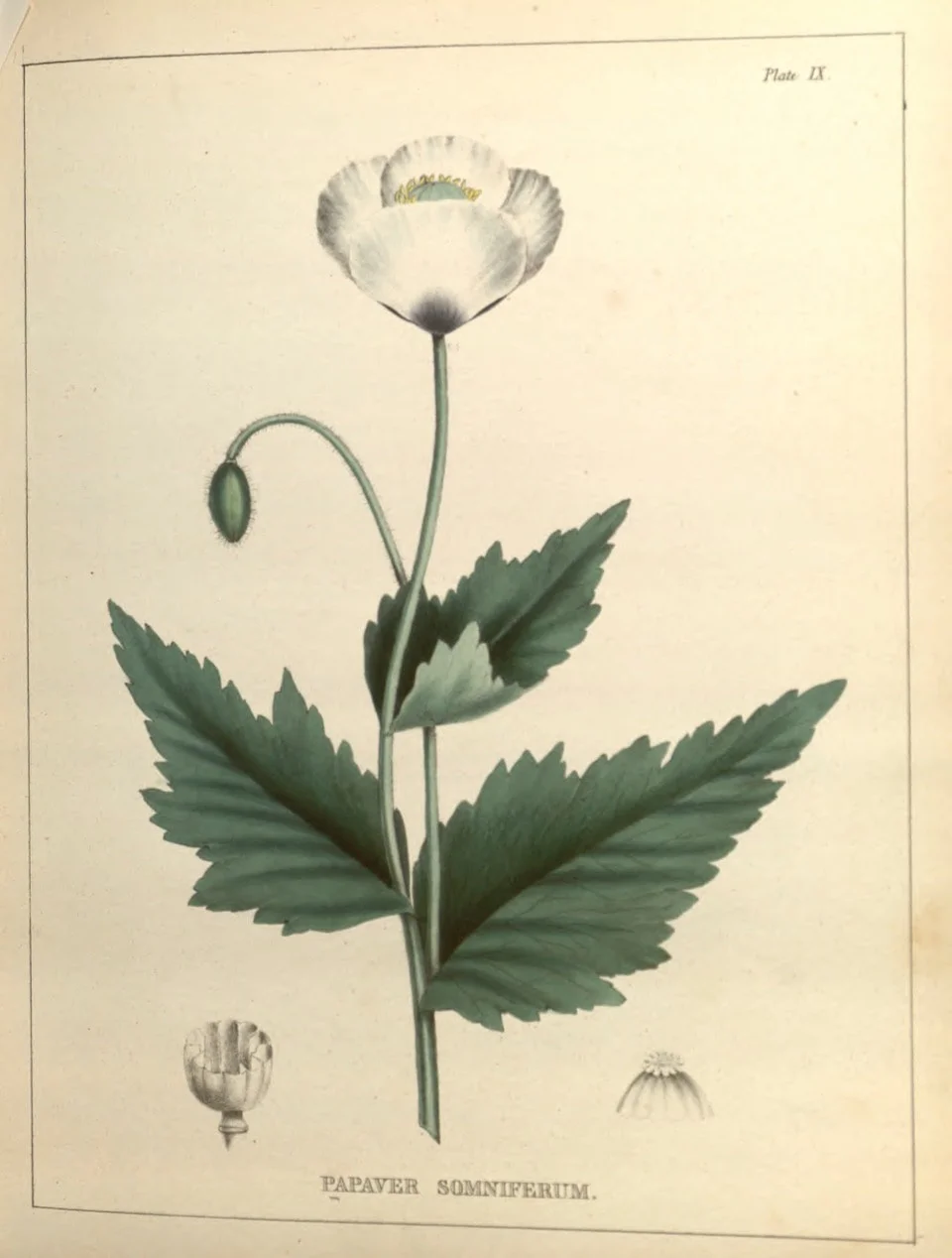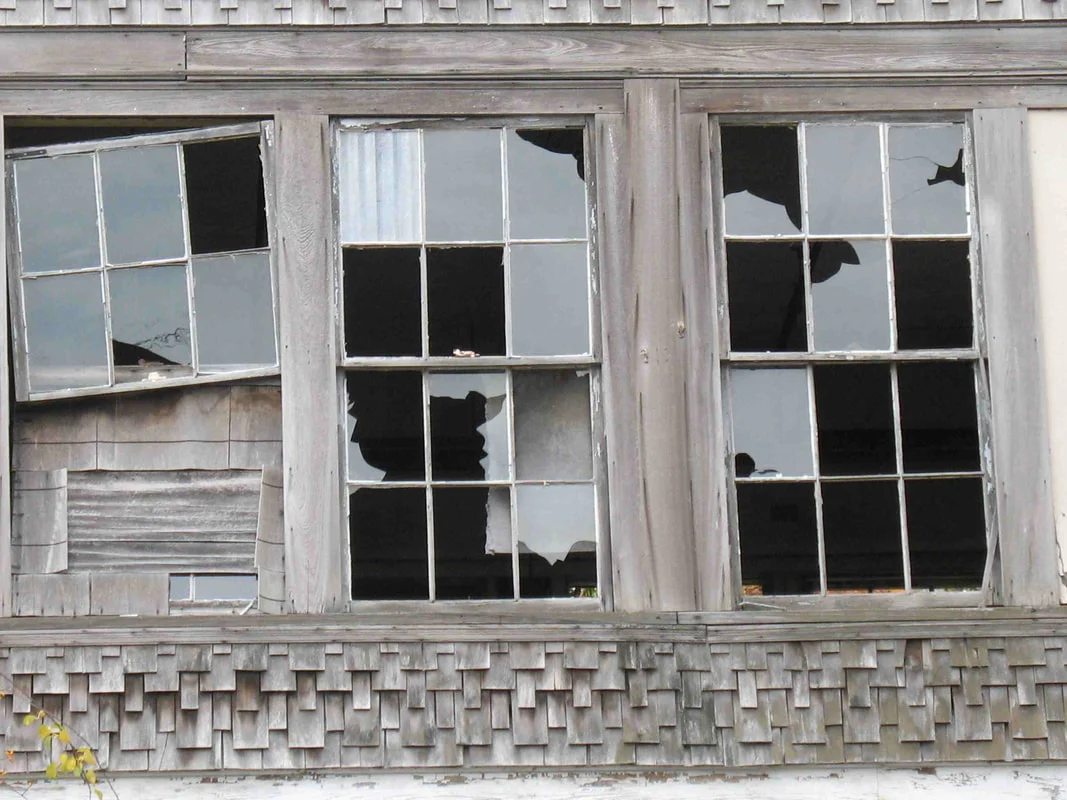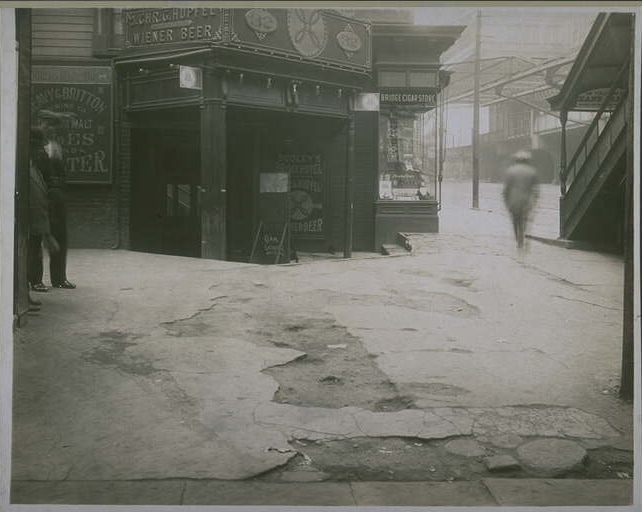The Deuce Times Two
By Jeffrey Escoffier
“It was the best of times, it was the worst of times.” The famous opening line of Dickens’ Tale of Two Cities certainly seems like an appropriate way sum up 1970s New York, but I cite it also because the novel itself comes up in The Deuce’s first season as a book that launches a young prostitute on the road to reading and going back to school. Objectively life in New York City during the 1970s and early 80s was pretty bad — high crime rates, rampant homelessness, loose trash everywhere, whole neighborhoods of abandoned buildings crumbling and burning — yet it was an incredibly creative time as well: in music, art, performance, theater and sexuality. This was brought home to me recently when a 70-year-old retired professor of history said to me: “I know everything was so terrible in that period, but it was also incredibly exciting.”
Read MoreIn his most recent book, Clarence Taylor, dean of the history of the civil rights movement in New York, looks at black resistance to police brutality in the city, and institutional efforts to hold the NYPD accountable, since the late 1930s and '40s.
Listen to this interview here.
Read MoreWorld War I Preparedness and the Militarization of the NYPD
By Matthew Guariglia
As the rest of the world continues to ruminate on the 100-year anniversary of the armistice that ended World War I, New Yorkers also must grapple with the lasting impact the “Great War” had on their city. In the years leading up to, during, and following the United States’ 1917 entrance into the war, “preparedness” became the watchword that signaled New York’s increasing awareness of its connection to the world and the conflicts happening beyond the harbor. From food rationing to drafting soldiers, preparedness and all it involved included a full-scale reorganization of American society, including the New York City Police Department.
Read MoreCut-Throat: The Murder of William Lurye
By Andy Battle
On an average day at midcentury, New York City’s Garment District was a chaotic welter of sewing, schlepping, and schmoozing. But on May 12, 1949, the streets went silent for William Lurye, an organizer for the International Ladies Garment Workers Union (ILGWU), the 400,000-strong body representing workers in the women’s clothing trade. Three days earlier, Lurye had been shoved into in a telephone booth in the lobby of a building on West Thirty-Fifth Street that housed dozens of loft-style garment factories. There, two assailants had stabbed the thirty-seven year-old father of four in the neck with an icepick.
Read MoreA "Madhouse in all its Naked Ugliness and Horror": An Interview with Stacy Horn
Today on Gotham, associate editor David Thomson speaks with Stacy Horn, author of the new book Damnation Island: Poor, Sick, Mad & Criminal in 19th Century New York, about the dark history of Blackwell's Island, known more commonly today as Roosevelt Island.
Read MoreGrassroots Anti-Crack Activism in the Northwest Bronx
By Noël K. Wolfe
During the 1970s and 1980s, the Bronx was a national symbol of urban decay, used as a political backdrop to send messages of despair, governmental failure, the decline of urban spaces and other racialized messages of fear. Drug addiction and drug selling became a national, state, and local political battleground that reflected differing political ideologies. Even at the community level, a tension existed within New York City neighborhoods about how best to respond to drug crises. In 1969, New York Black Panther Party member Michael “Cetewayo” Tabor warned Harlemites about the long-term implications of inviting police, who he described as “alien hostile troops,” into their community to address heroin addiction and drug-related crime. While Tabor did not deny that those addicted to heroin were committing “most of their robberies, burglaries and thefts in the Black community against Black people,” he challenged community members to be suspicious of the motives behind “placing more pigs in the ghetto.” Tabor sought a community-driven solution to heroin addiction — one that did not include the police. Similarly in the Bronx, members of the Young Lords Party responded to heroin addiction by occupying the administrative offices of Lincoln Hospital in November 1970 and successfully demanding a drug treatment program for community members. The Lincoln Hospital Detox Program, a “community-worker controlled program,” paired political education with therapeutic support to assist those seeking help to overcome addiction.
Read More









